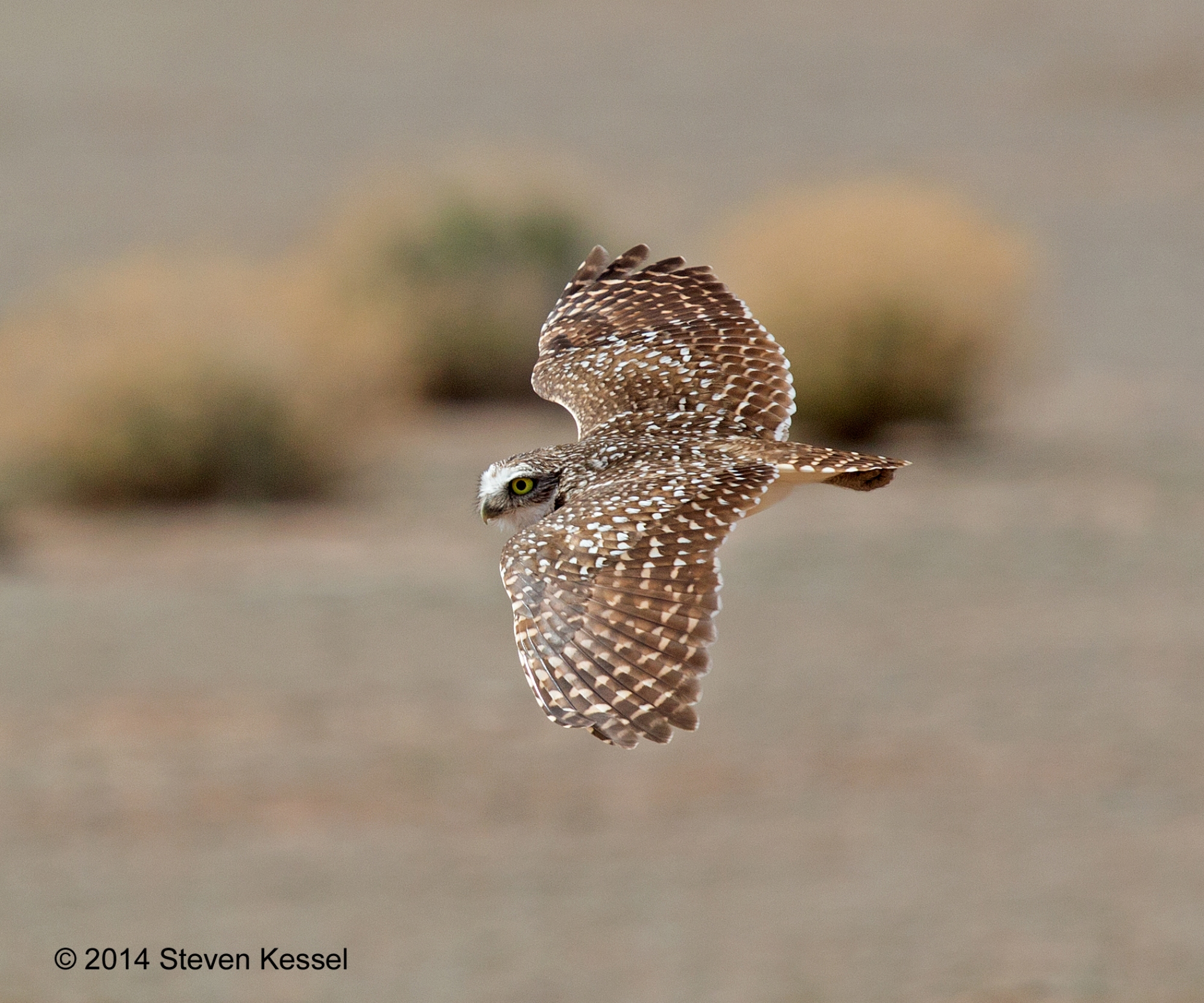You may enlarge any image in this blog by clicking on it. Click again for a full screen image.
I remind myself from time to time when I’m out hunting for subjects to photograph not to ignore the little girls and guys. It’s all well and good to photograph those big and majestic hawks and herons but there’s plenty to be said for smaller creatures and, besides, I grow a bit bored after a while if I limit my subjects too much.
The other day I was driving in farm country when I noticed several small birds foraging on some dead weeds right by the side of the road. I stopped the car and photographed one of them. This is a Lark Bunting, and I’m pretty sure she’s a female.
Buntings and sparrows are close cousins. In fact, I sometimes wonder if they’re more closely related than their different names suggest. A lot of classification occurred before the days of DNA research and classification based essentially on appearance can be misleading.
In any event, a Lark Bunting is a very sparrow-like bird. About the major distinction between this species and most sparrows, plumage aside, is the bunting’s beak, which is large, conical, and blue. The beak is much more finch-like than it is sparrow-like.
Lark Buntings are seasonal residents in southern Arizona. They summer on the prairies to the north. That’s unfortunate from my perspective because, during the breeding season the males shed their drab winter plumage in favor of very sporty near-black plumage with contrasting white wing coverts.
But, even the wintertime version of this bird is pretty nifty from my perspective. I was happy to get her image.
Images made with a Canon 5Div, 400mm f4 DO II lens+1.4x telextender, aperture priority setting, ISO 400, f6.3 @ 1/1600.


